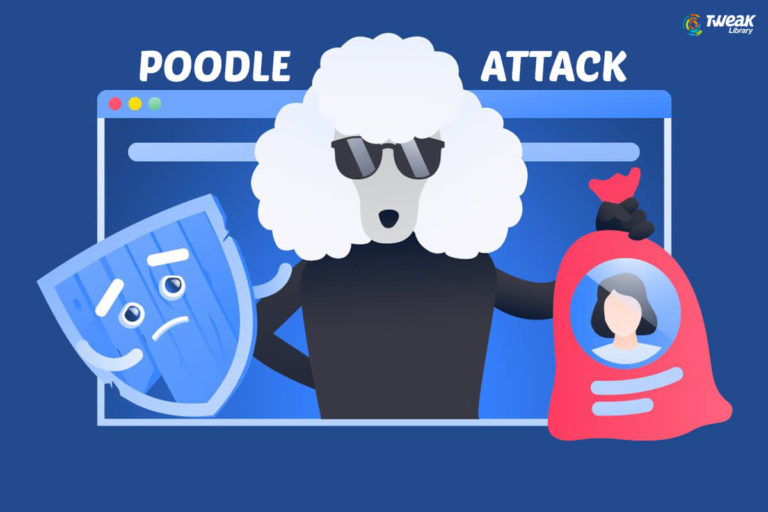As they say, there are two aspects of everything, which seems suitable when the term technology comes to a conversation. It is true that science and technology have together made one’s life simpler and more meaningful than ever. However, the downsides of the same comfort cannot be ignored. Moreover, computer science also makes it to the list when it comes to threats and dubiousness due to malware attacks.
It is important to know that every branch of technology has its own weakness, which is malware for computers. Although, there are many types of malware; however, Rootkit has emerged to be one of the most aggressive programs that affects your machines from the “root”.

What is Rootkit?
Rootkit can be understood as a program that once gets access on your computer, can provide remote access to a threat user or a hacker. The rootkit may be one or a set of more than one programs that work together to open a backdoor for hackers. Rootkit can also be taken as a part malware that may be able to hide it from your eyes on your computer and secretly provides entry to unauthorized accesses.
Once your computer security is compromised and the access is captured by a hacker, you may end up losing confidential data and may suffer monetary losses. It is also important to know that not every tool that provides remote access of your machine is a Rootkit, as such legitimate programs are designed to help you get remote support on your machine from a certified tech expert.

Also Read : How To Protect Your Small Business From Cyber Threats?
What are the types of Rootkit Malware?
1. Kernel Rootkits
Kernel Rootkits are one of the most dangerous malware as they operate at the kernel level (the base of the operating system). These programs are hard to detect as they work at the kernel level and bear the same leverages as any other program since they are now part of the operating system.
2. Application Rootkits
Application Rootkits are another type of rootkits, which operate at the application level. This way, the rootkit replaces the application files of a particular app, which it wants to attack.
3. Firmware Rootkits
Firmware Rootkits are another type of threat that is found at the level of firmware devices like network machines, router etc. These rootkits remain active as long as the device is, and they also get booted with the device. This way, they are near to impossible to be traced and eliminated.
4. Memory Rootkits
Memory Rootkits are able to hide themselves in the main memory of the computer, which is RAM (random access memory).
5. Persistent Rootkits
Persistent Rootkits have bigger impact as they get active along with the system boot. Also, they remain active as long as the system is alive. They may also take over the ability to restart the system processes.
6. Library Rootkits
Library rootkits have direct impact over the library files of your computer. For example, Windows dll.
Must Read : Cyber Threats & Vulnerabilities In The Maritime Industry
7. Bootkit Rootkits
Bootkit Rootkit is one of the biggest threats, which is also known as Boot Loader. This rootkit infects and take over the legitimate boot loader of your computer with the respective rootkit. This way, they remain active as long as the system and operating system is active on your computer.

Overall, Rootkit is one of the most intruding malware that gets into the machines and sabotages the basic settings of a computer. It is important that you pay extra attention while using internet and visiting any insecure website. Also, it is advised that you keep your computer ready with any popular anti malware program to avoid any unwanted situation. In case you wish to share some tips and tricks to avoid malware attacks, do let us know in the comments below.






Leave a Reply